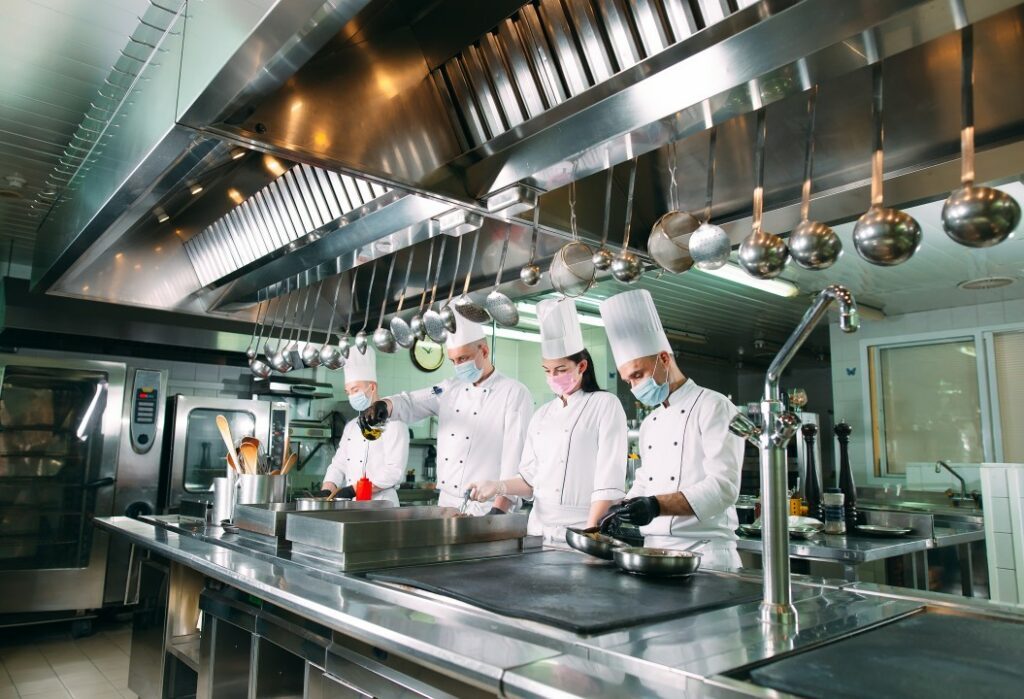“Originally published by Angad Rajain on LinkedIn”
Cloud kitchens, dark kitchens, or ghost kitchens— these are the names that the food industry in India is abuzz with. Cloud kitchen is the newest business model which saw phenomenal growth during COVID-19 lockdowns. They have been in existence even before the pandemic but people’s hesitancy towards dining in crowded restaurants has given a big push to the cloud kitchens with the proliferation of home deliveries. The recent data projects the rapid growth of the Indian online food delivery market. In 2020, it was worth around 4.35 billion U.S. dollars. This was another strong increase compared to the previous year when the market size was around 2.9 billion U.S. dollars.
Due to a series of nationwide lockdowns, restaurants and dine-in facilities across the countries were shut for months. Even when the lockdowns were lifted, the footfall remains at an all-time low. According to CRISIL Research, with the sales down as much as 90%, the takeaway has become a vital source of revenue for many restaurants.
From dine-in to the cloud: what’s driving the change?
Last year in June, Lite Bite Foods (LBF) that operates around 200 dine-in restaurants and cafes across the country, accelerated its plan of foraying into the cloud kitchen space. The reason was obvious— the revenue generated from online food deliveries was much higher than the dine-in model. LBF saw revenue share from food deliveries jump from around 18% pre-COVID-19 to almost 100% by May 2020.
Growth of cloud kitchens in India:
A cloud kitchen is a commercial facility specifically designed or used to produce food only for takeaways and deliveries. The delivery-only business model requires less investment as no fancy infrastructure, furniture or servers are required. Customers can simply place their orders using a website, mobile application, or third-party apps such as Zomato or Swiggy.




